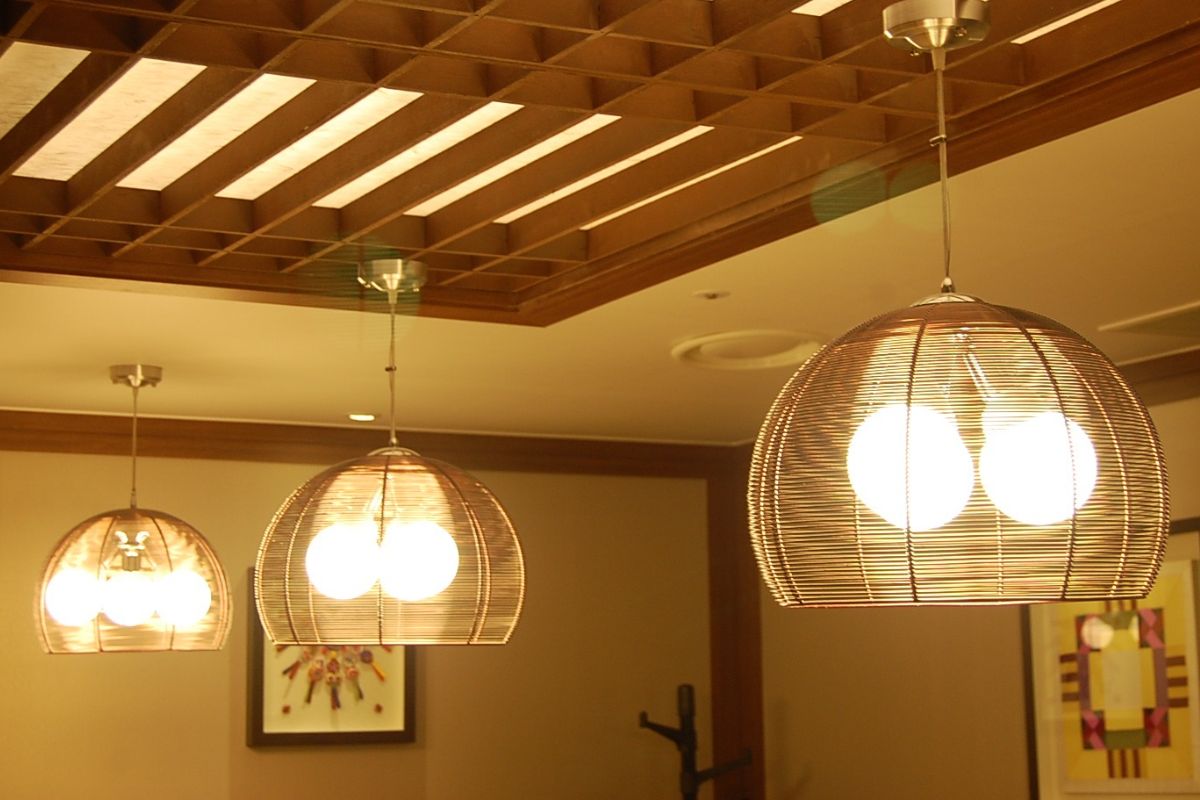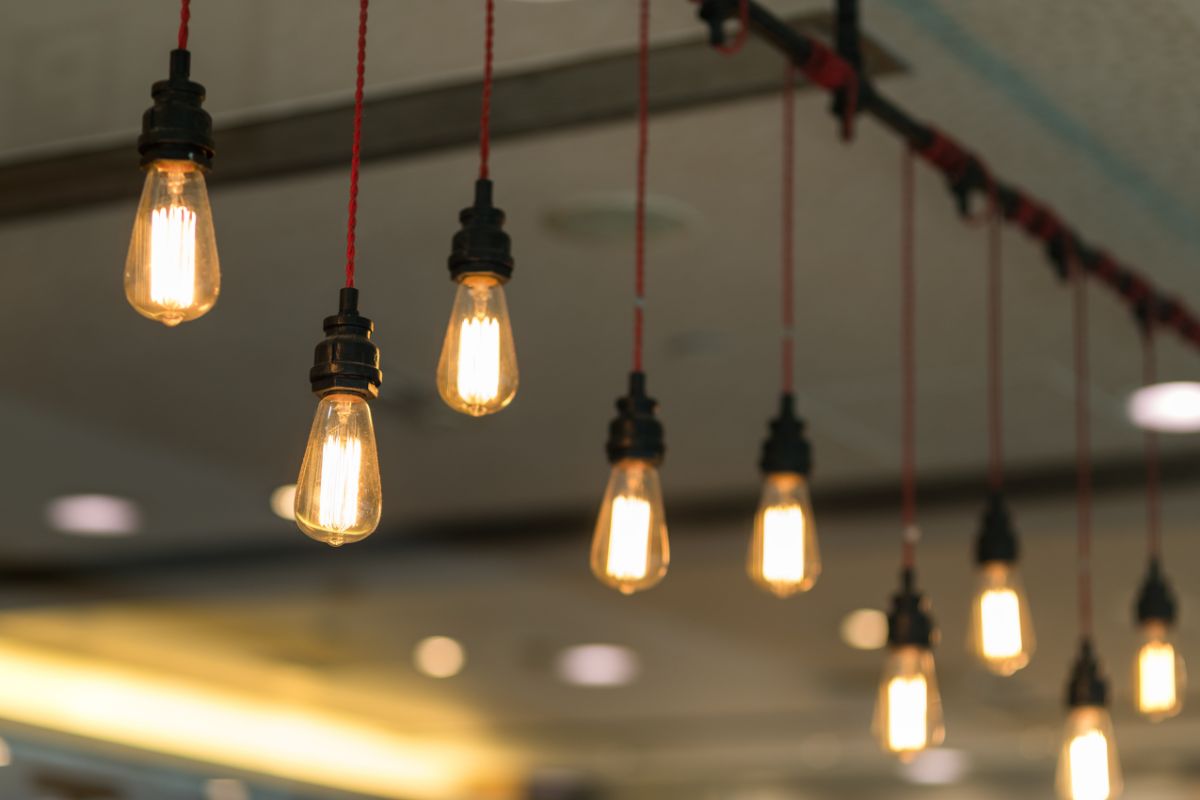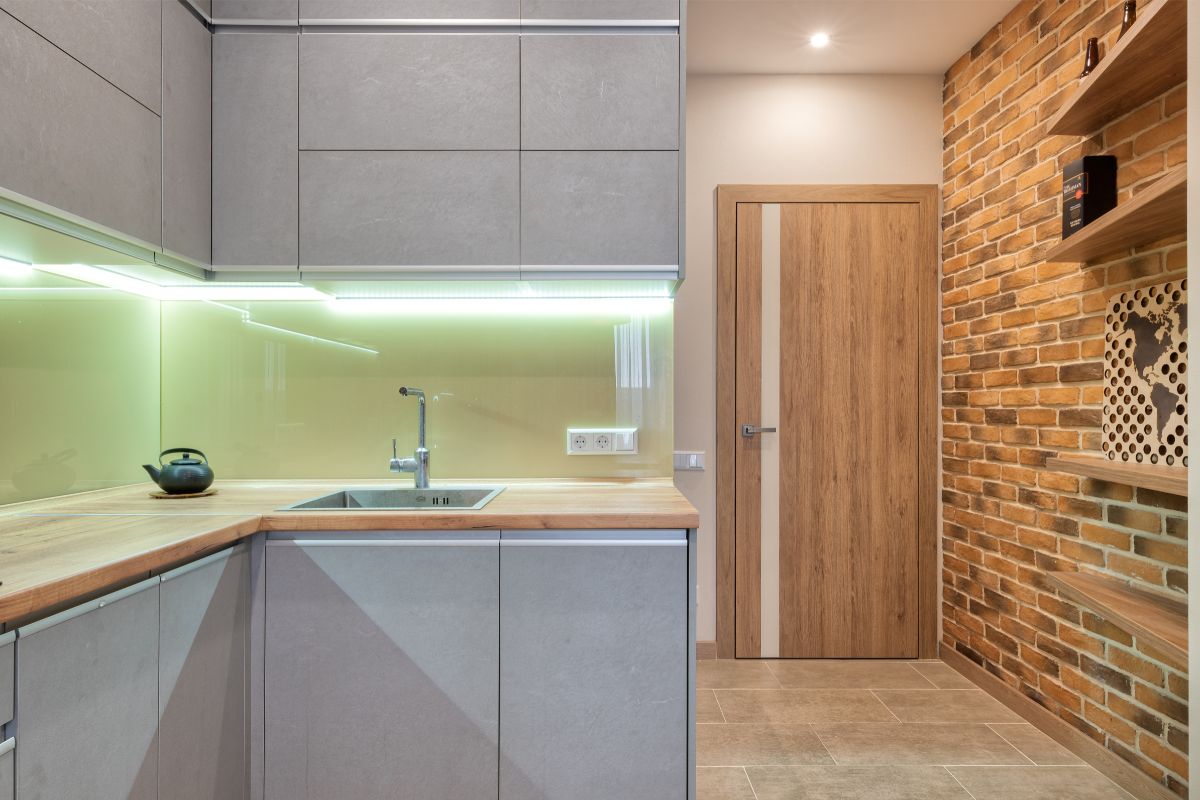It’s never a bad idea to invest in a generator, but you can certainly invest poorly in a generator, by which I mean that you need to find one that sits within your own personal power Goldilocks zone.

You want your generator to be able to power all the appliances you have in mind without putting too much strain on it, yet you don’t want to be paying for capacity you’re probably not ever going to get any use out of.
As such, the trick to finding the perfect generator for you begins with establishing what your Goldilocks zone is, which is precisely what I’ll be covering in today’s post.
Residential Vs. Industrial
You can rule out half the generator market from your decision-making process simply by asking yourself if you’ll need a residential or industrial power unit.
Generators designed for residential use typically span a couple of Kw, all the way up to 50 Kw, while those designed for industrial applications typically run from 50 Kw to a whopping 3000 Kw.
Most people are obviously on the lookout for the former, but if you’re running a large business, and you need a reliable and comprehensive backup generator, you’ll most likely need something that falls into the latter category.
How To Establish Power Needs
With that out of the way, you can get down to the nitty-gritty and establish some more specific power needs.
Make A List Of All The Appliances You Plan On Powering
First thing’s first; make a list of all the electronics you plan on powering either simultaneously or individually.
It’s a good idea to include all the essentials on this list, but as generators have a million and one applications, I can’t tell you what these essentials are. Only you can determine which appliances are vital to your goals.
Once you’ve made this list, you’ll need to gather two bits of information about every item on it:
- Starting Wattage — It often takes more power to fire an electrical appliance up than it does to keep it running once it’s activated. This high initial power demand is known as starting wattage.
- Running Wattage — Running wattage is the lower, consistent power demand of an electrical appliance once fired up by the starting wattage.
You’ll find the starting and running watts either on the enclosure of your appliances, in their user manuals, or on the manufacturer’s website. If you’re having trouble finding this info, it’s worth contacting the manufacturer directly for the specs of the appliance in question.
To give you an idea of what you’ll be dealing with, here’s a list of some common appliances and their estimated power demands:
- Refrigerator — 1200 SW — 132-192 RW
- Microwave — Up to 1500 SW — Up to 1500 RW
- Furnace (½ HP) — 2350 SW — 875 RW
- TV (46” flat screen) — 190 SW — 190 RW
- Dryer — 6750 SW — 5400 RW
- Window air conditioner — 2200 SW — 1500 RW
- Laptop — 200-250 SW — 200-250 RW
- Garage door opener — 1420 SW — 720 RW
- Blender — 850 SW — 400 RW
- Hair dryer — 1900 SW — 1800 RW
As you can see, starting wattage isn’t always more than running wattage, but it will never be lower.
Matching A Generator With Your Power Needs
The generator you choose needs to be able to cover the combined starting watts of any appliances you plan on using simultaneously, so that’s the spec you need to keep an eye out for when shopping around.
However, don’t neglect the running (or continuous) output of a generator either, as just because one has a suitable starting output, doesn’t necessarily mean it will have a suitable continuous output.
Just like with starting watts, the running watts of your appliances need to be combined to give you your overall continuous power needs.
Headroom
So, you’ve got your power needs mapped out, fantastic! You’ve also seen a few generators that can shoulder the load, great!

But before you make your purchase, you should consider how long you’ll be running your generator at a time.
These machines aren’t designed to run at maximum capacity for too long. Doing so is a sure way to shorten their service life, and as they’re quite expensive, that’s the last thing you want.
If you only ever think you’ll max a generator’s capacity out every now and again and for no longer than half an hour at a time, you’ve got nothing to worry about.
If, on the other hand, you think you’ll be maxing out a prospective generator a lot and for periods longer than half an hour, you’ll need some significant headroom.
For the uninitiated, headroom in this context simply refers to the excess capacity of a generator after the load is accounted for.
The idea is that you’ll never actually use this extra capacity, which seems silly, but that headroom makes life a lot easier on your generator, meaning it will add years to its service life.
So, how much headroom is enough? Well, generally speaking, the golden rule is to look for a 20 to 30% margin between your actual power needs and the maximum capacity of the generator.
For example, let’s say that combined, your power needs amount to 10 Kw. In order to keep your generator safe and sound during intensive use, you’d need an additional 2 or 3 Kw, so you’d need to look for a generator with a maximum output of 12 or 13 Kw.
And remember, there needs to be 20 to 30% starting watts headroom as well as running watts headroom.
Final Thoughts
There you have it — You should now have a good idea of what size generator you’ll need, but don’t just pick up any old machine with suitable specs.
Be sure to source your generator from a reputable brand, and if you’re having any issues figuring out which of their products is right for you, don’t hesitate to contact a sales representative for some expert advice.
Although with your Goldilocks zone clearly outlined, you should have no problem finding the perfect generator for your intended applications.



